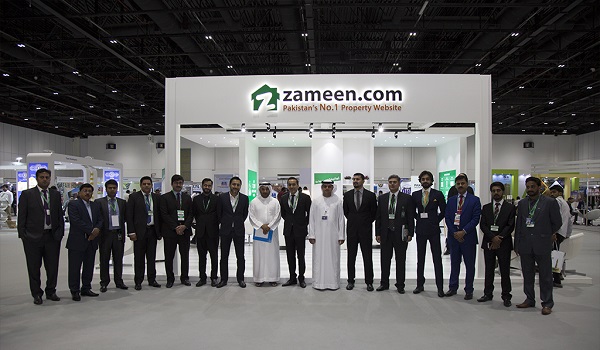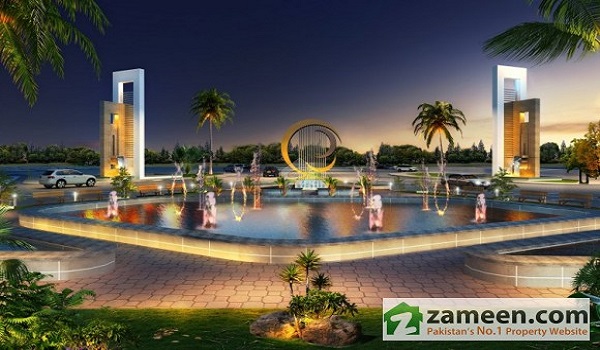Islamabad: The Special Investment Facilitation Council (SIFC) has initiated preliminary discussions to replace old government houses in prime sectors of Islamabad with high-rise developments, a move aimed at unlocking billions of rupees in state-owned land value.
The proposal targets sectors F-6, G-6, and G-7, currently occupied by single-storey government residences. In F-6, these include large houses for senior officials with servant quarters. Officials believe demolishing these residences could make way for multiple high-rise buildings, optimizing land use and meeting Islamabad’s urban development needs. “A vertical construction approach is essential to preserve Islamabad’s land resources,” an anonymous government official stated.
Read:CDA to conduct survey for structural stability of all high-rise, commercial buildings
The single-storey houses in G-6/1 alone cover 86 acres, which a recent study found could be condensed into high-rise buildings on just nine acres—freeing up approximately 77 acres valued at PKR 52 billion.
Although the idea of replacing these homes with high-rises has been discussed for decades, no concrete action has been taken. Recently, the SIFC sent an official letter to the Capital Development Authority (CDA) requesting input on vertical development, specifically in G-6/1. This request was prompted by a PIDE article on “dead capital,” which highlighted underutilized urban land as a significant financial burden, particularly in cases like Islamabad’s government housing.
According to PIDE’s study, replacing the current homes with high-rise structures in G-6/1 could free up valuable land worth PKR 52 billion and potentially add 0.09% to Pakistan’s annual GDP. This approach has been implemented in countries such as the UK and India, where vertical development on government-owned land has shown economic benefits.
Read: RDA to construct high rise building on Murree Road
While the plan is still in its early stages, with the SIFC describing it as “raw,” it has requested CDA’s feedback before moving forward. “Let’s see what happens,” commented an SIFC source, noting that vertical development is common in major cities worldwide.








